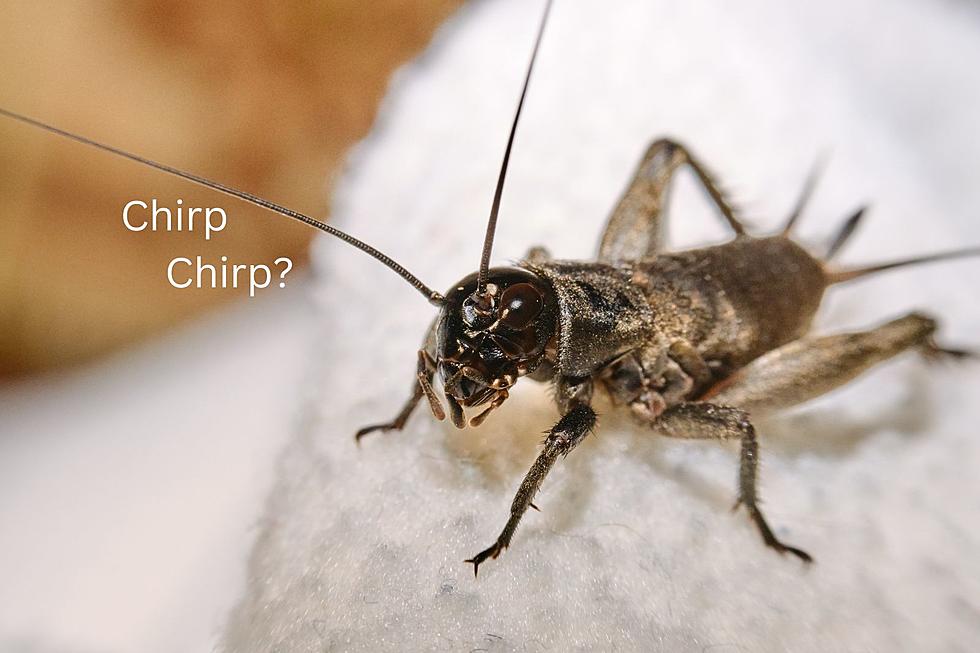
Something is happening with NJ’s crickets: Can you hear it?
You know we're in the latter part of the year when we begin to hear crickets and grasshoppers chirping all night long. Usually, you hear it in the evening, and lasting throughout the early morning hours.
But that's just the start of it. Here in New Jersey, it's not uncommon to also hear them periodically throughout the day.
And it's always so nice to hear that sound with the windows open while trying to go to sleep. There's just something about it that's so relaxing.
In September they tend to get really loud. No matter where you are, if there are crickets nearby, you're sure to hear them.
And that loud volume will persist as the autumn months roll on. Especially with great sleeping weather when the weather cools, it's a soundtrack we all get to enjoy while we're in bed.
However, something has begun to change with the sound of those chirps. Have you been noticing the difference?
This change will become more evident as October rolls around and the weather starts to cool off. And this particular change happens every single year.
Crickets and grasshoppers alike all go through this throughout the Great Garden State. And no, it's not the volume of the chirps.
Instead, it has to do with the speed of how fast they chirp. If you never noticed this before, try to listen as the season begins to wind down.
When the weather gets cooler, chirps from crickets and grasshoppers begin to slow down. But it's not just based on the month, but rather, whatever the current outside temperature is.
For example, if we have a warmer-than-average evening during the fall, you'll hear them chirp faster. And once the weather cools again, so will the slowdown of those chirps.
And they'll keep slowing until the weather gets too cold and the winter season arrives. Pretty cool, right?
But it's not just the speed helping tell you how warm or cool it is outside that's neat. You can actually calculate the approximate temperature outside based on those chirps.
According to the National Oceanic and Atmospheric Administration, or NOAA for short, you simply "count the number of chirps per 15 seconds, add 40, and that will give you the temperature in Fahrenheit (F)."
So let's say on a September evening throughout New Jersey you count 20 chirps per 15 seconds. All you do is add 40 to 20 and your outside temperature calculates to 60 degrees.
Now let's say you do this again early the next day but only count 10 chirps per 15 seconds. Add 40 to that 10 and you have an early morning temperature of 50 degrees.
It's such a simple formula, but also pretty accurate. And with crickets and grasshoppers chirping away at full volume during the fall, it's certainly a fun experiment to try.
So now you know. Just by listening to the speed of the chirps, you can easily figure out what the approximate temperature is outside your home.
But even if you didn't want to do that calculation, you can still get an idea if it's warmer or cooler outside just by listening at that very moment.
Animals gone wild in NJ: Turkeys, tigers, snakes, bears and more
Check Out Photos of Amazing Animals of New Jersey
The above post reflects the thoughts and observations of New Jersey 101.5 Sunday morning host Mike Brant. Any opinions expressed are his own.


